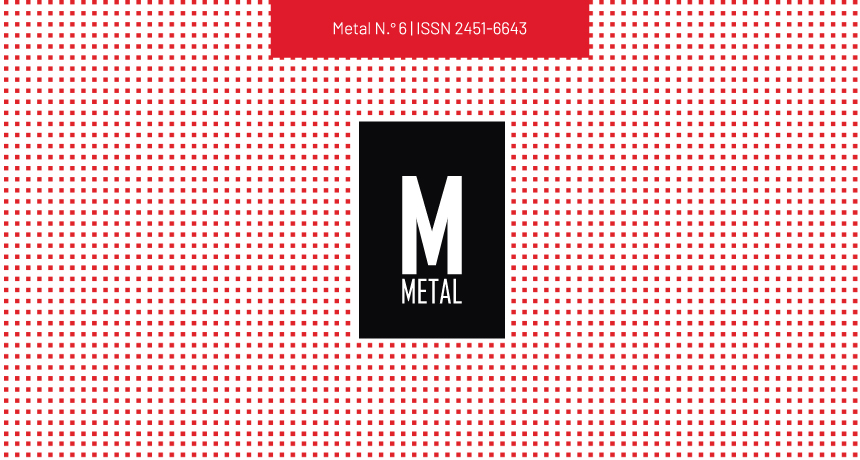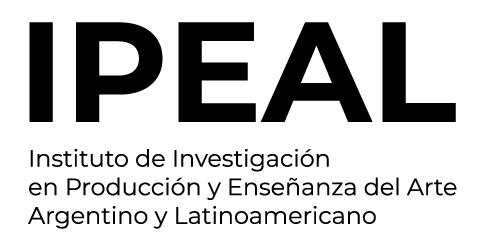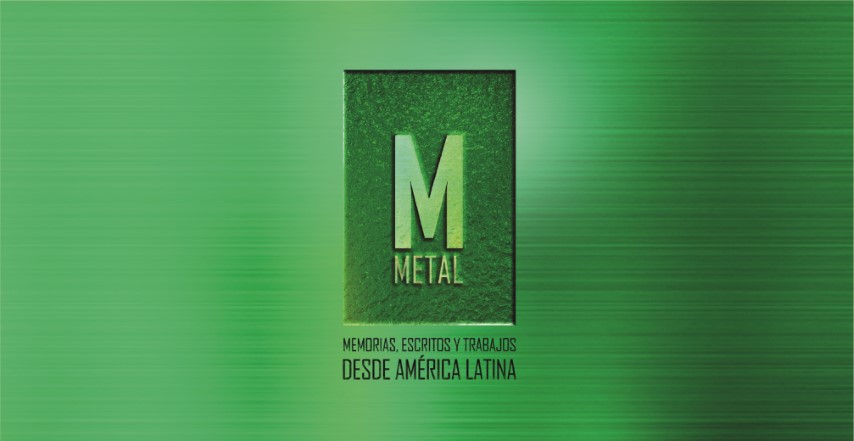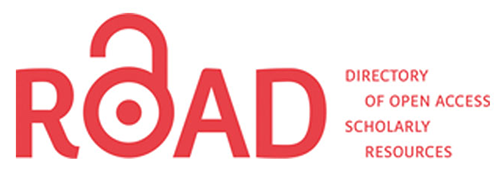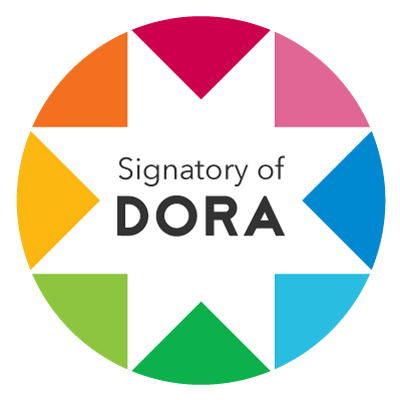Los Breves
Keywords:
análisis crítico, arte, Imágenes ficcionalesAbstract
Este dossier es una compilación que Daniel Belinche y Ramiro Mansilla Pons han realizado a partir del trabajo de un grupo de estudiantes del seminario ¿Cómo lo hicieron? Rasgos comunes en la construcción de imágenes ficcionales en el arte. Aquí se presentan una serie de análisis críticos de producciones artísticas en un tejido que anuda la interpretación con sus formas.References
Ciafardo, M., Dillon, M., Medina, P. y Arrieta, C. (2020). La ampliación de los materiales en el arte actual. En M. Ciafardo (Comp.), La enseñanza del Lenguaje Visual. Bases para la construcción de una propuesta alternativa (pp. 93-120). Recuperado de http://papelcosido.fba.unlp.edu.ar/pdf/libros/Enseñanza-lenguaje-visual.pdf
Croceri, J. (2014). El aire entre los dos tiene forma de hueso [Esculturas]. Recuperado de https://jimenacroceri.com/
Flora ars+natura. (23 de julio de 2018). Escuela Flora 2018. Jimena Croceri [Archivo de video]. Disponible en https://www.youtube.com/watch?v=xBc1WI-COqU
Melamed, A. (2016). Disolución del origen. Reflexión sobre el arte contemporáneo. Octante, 1 (1), 42-48. Recuperado de http://papelcosido.fba.unlp.edu.ar/ojs/index.php/octante/article/view/164
Miguel Ángel. (1513-1515). Moisés [Escultura]. Ciudad de Roma, Italia: Iglesia San Pietro in Vincoli.
Piglia, R. (1986). Tesis y Nueva Tesis sobre el cuento. Ciudad Autónoma de Buenos Aires, Argentina: Anagrama.
Patiño, J. (2010). Me habían dicho que no existía. En Ébano (s. p.). Manizales, Colombia: Ojo con la gota de Tinta.
Belinche, D. (2011). Arte, poética y educación. La Plata, Argentina: Facultad de Artes, Universidad Nacional de La Plata.
Borges, J. L. [1944] (2016). Ficciones. Ciudad Autónoma de Buenos Aires, Argentina: Sudamericana.
Piglia, R. (2000). Formas Breves. Ciudad Autónoma de Buenos Aires, Argentina: Anagrama.
Zátonyi, M. (noviembre de 2004). Borges y el mundo digital. Ponencia presentada en el 8.° Congreso Iberoamericano de Gráficos Digitales. Porto Alegre, Brasil. Recuperado de https://itc.scix.net/paper/sigradi2004_380
Downloads
Published
How to Cite
Issue
Section
License
The acceptance of the manuscript by the magazine means the non-exclusive cession of the property rights of the authors in favour of the editor, who allows the reuse, after publication (post print), under a license Attribution-NonCommercial-NoDerivatives 4.0 International.
According to these terms, the material can be copied and redistributed by any means or in any format as long as a) the author and original source of the publication are quoted (magazine and URL of the work), access to the license is provided and whether changes have been made is mentioned; and b) the material is not used for commercial purposes.
The cession of non-exclusive rights means that after the publication (post print) in Metal the authors can publish their work in any language, means and format; in such cases it must be mentioned that the material was originally published in this magazine. Such cession also means the authorization of the authors for the work to be collected by SEDICI, the institutional archive of the Universidad Nacional de La Plata, and to be spread in the databases that the editorial team considers appropriate to increase the visibility of the publication and its authors.
Moreover, the magazine encourages the authors to deposit their productions in other institutional and thematic archives under the principle that offering the society the scientific and academic production without any restrictions contributes to a greater exchange of the global knowledge.

